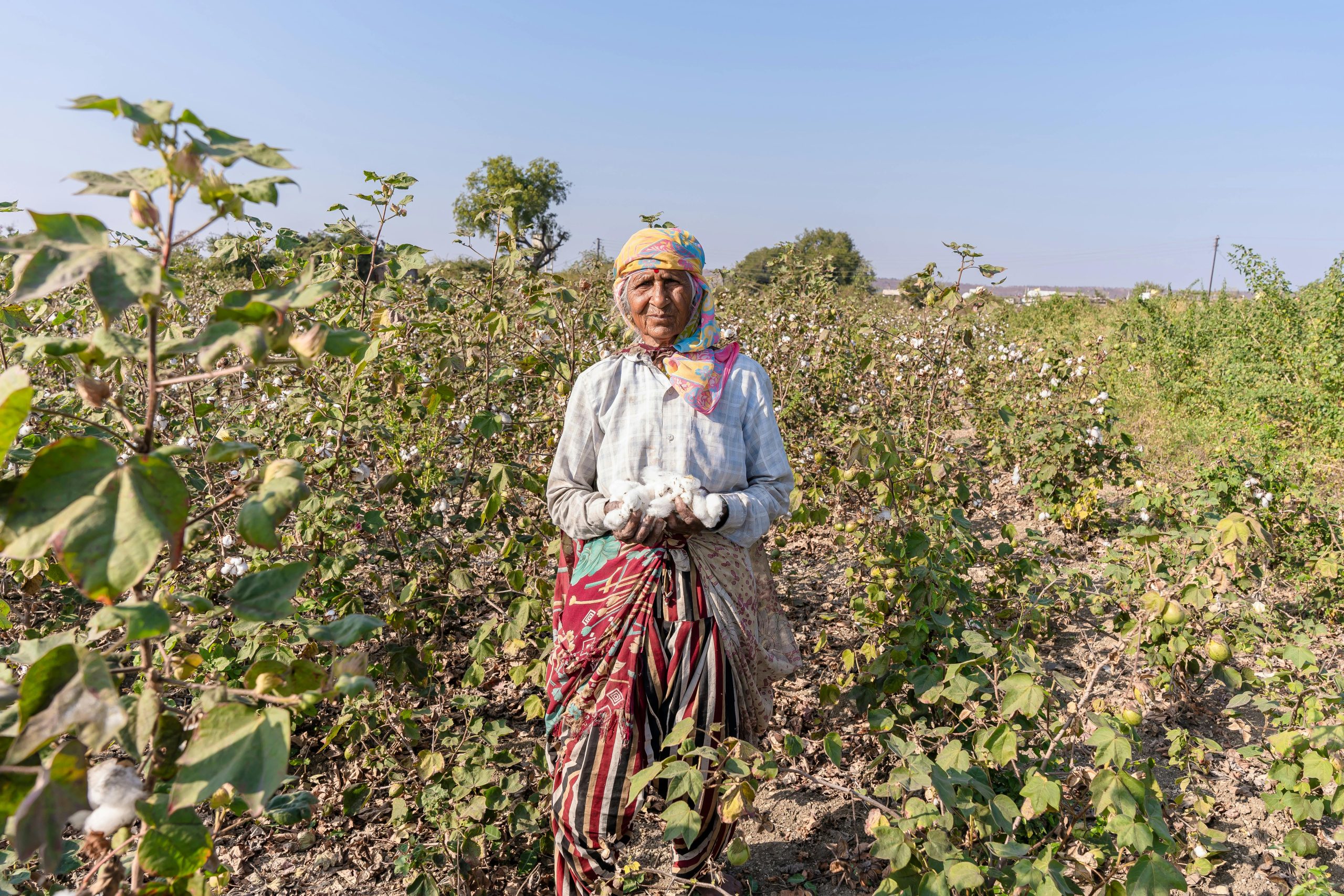India’s diverse climate, ranging from tropical to subtropical and temperate, offers a fertile ground for cultivating a variety of cash crops. With agriculture contributing significantly to the economy, choosing the right cash crops can maximize yield and profitability for farmers. Whether you’re a small-scale farmer or a large agribusiness, selecting crops that thrive in India’s weather conditions is key to success. Here’s a guide to the most profitable cash crops suited for India’s climate.
1. Sugarcane: The Sweet Gold of Indian Agriculture
Sugarcane is one of India’s most lucrative cash crops, grown extensively in states like Uttar Pradesh, Maharashtra, and Karnataka. The tropical and subtropical climate of these regions provides ideal conditions for sugarcane cultivation, ensuring high yields.
Why Sugarcane is Profitable
- High Demand: Sugarcane is the primary raw material for sugar, ethanol, and jaggery, ensuring consistent market demand.
- Government Support: Subsidies and minimum support prices (MSP) make sugarcane a secure investment.
- Multiple Uses: Beyond sugar, byproducts like bagasse and molasses add value.
Best Growing Conditions
Sugarcane thrives in temperatures between 20°C to 35°C and requires well-drained fertile soil. Adequate rainfall or irrigation is essential for optimal growth.
2. Cotton: The White Fiber with High Returns
Cotton is another high-value cash crop, especially in states like Gujarat, Maharashtra, and Punjab. Known as “white gold,” cotton is a staple for India’s textile industry.
Why Cotton is Profitable
- Export Potential: India is one of the largest cotton exporters globally.
- Versatility: Cottonseed oil and animal feed add to its profitability.
- Hybrid Varieties: Bt cotton has improved yield and pest resistance.
Best Growing Conditions
Cotton requires a warm climate (25°C to 35°C) and well-drained black soil. It is typically grown in kharif season but can also be cultivated with irrigation in rabi season.
3. Turmeric: The Golden Spice of India
Turmeric, known for its medicinal and culinary uses, is a high-profit crop grown predominantly in Andhra Pradesh, Tamil Nadu, and Odisha. Its rising global demand makes it a lucrative choice.
Why Turmeric is Profitable
- Export Demand: India supplies over 80% of the world’s turmeric.
- Health Benefits: Increasing awareness of its medicinal properties boosts demand.
- Low Input Costs: Requires minimal fertilizers and pesticides.
Best Growing Conditions
Turmeric grows best in warm, humid climates (20°C to 30°C) with well-distributed rainfall. Sandy loam or clayey soil with good drainage is ideal.
4. Tea: The Evergreen Cash Crop
India is the second-largest tea producer globally, with Assam, Darjeeling, and Nilgiris being prime regions. Tea plantations offer long-term profitability due to steady demand.
Why Tea is Profitable
- Global Market: Indian tea is highly sought after for its unique flavors.
- Perennial Crop: Once established, tea bushes yield for decades.
- Value Addition: Organic and specialty teas fetch premium prices.
Best Growing Conditions
Tea requires a cool, humid climate (15°C to 30°C) with well-distributed rainfall. Acidic soil with good drainage is essential for healthy growth.
5. Soybean: The Protein-Rich Cash Crop
Soybean cultivation has gained momentum in Madhya Pradesh, Maharashtra, and Rajasthan due to its high protein content and versatility.
Why Soybean is Profitable
- High Demand: Used in cooking oil, animal feed, and soy products.
- Short Duration: Matures in 90-120 days, allowing multiple cropping.
- Drought Resistance: Suitable for regions with erratic rainfall.
Best Growing Conditions
Soybean thrives in temperatures between 20°C to 30°C and requires well-drained loamy soil. It is primarily grown in the kharif season.
Choosing the right cash crop based on your region’s climate and soil type can significantly enhance profitability. Sugarcane, cotton, turmeric, tea, and soybean are among the top choices for Indian farmers due to their high demand and adaptability. By leveraging modern farming techniques and government schemes, farmers can maximize yield and
